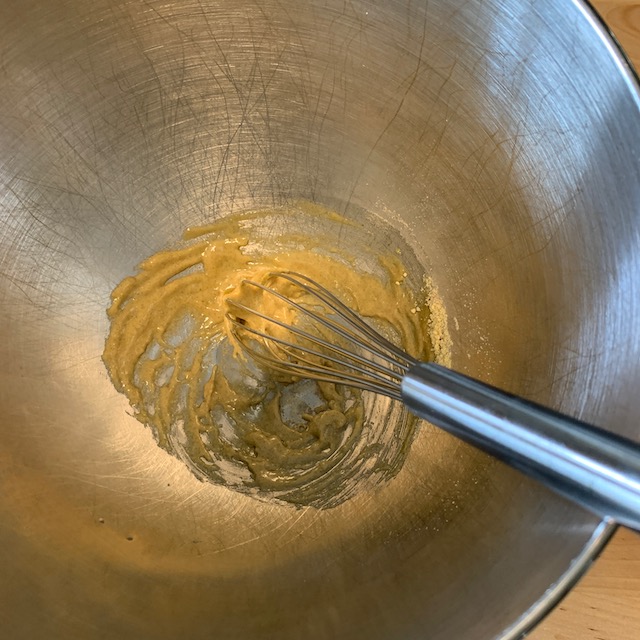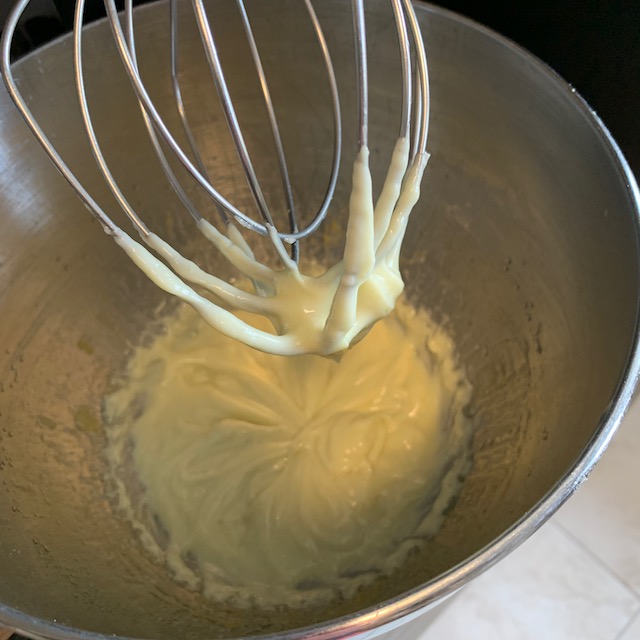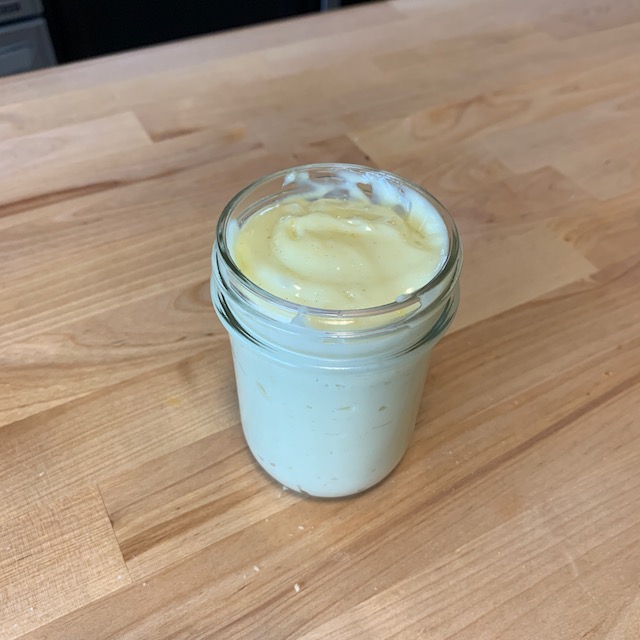Author: Matthew
Trust
what’s wrong with acc
and how to fix it
Matthew’s previous
post in this series
Part 2: Trust
What image captures how ACC functions as a whole?
Think of ACC as an orchestra: We have lots of people playing the instruments they’ve worked to master, and each one has a “part” of the whole piece of music, the part that each instrument and player contributes. And we have conductors, those who are responsible for the ensemble and for the music we make together.
That’s a lovely image, full of harmony (ha ha!) and passion and togetherness — but a pretty image can hide important features of how the organization actually operates.
Continue reading “Trust”Mission
what’s wrong with acc
and how to fix it
Matthew’s previous
post in this series
Part 1: Mission
ACC’s most significant problem is our mission.
Of course, we have a mission, but in its bones, this institution is not mission-centered or mission-driven. This does not mean we aren’t doing meaningful, life-changing work; we are, every day. What I mean is that we expend considerable energy on overcoming persistent institutional obstacles to excellence — energy that could go to more constructive, mission-centered work.
Continue reading “Mission”What’s wrong with ACC
We’re starting a new academic year, and if you’re like me, amid the chaos and the promise and crisis management and excitement of new classes and a new semester and a new academic year, you find yourself wanting to take a moment to stop the roller-coaster and just . . . think. I’m taking a few moments to do just that, and I invite you to think along with me, in several installments.
Continue reading “What’s wrong with ACC”Opposable Thumbs
I’ll start by congratulating you on making it to the second week of the fall term. In these times, that’s an accomplishment. I also thought I would contribute a little something to your general sense of gratitude toward the cosmos — which, given the recent tricks Nature has been playing, could be a challenge — by pointing out that no matter what you’re facing as a teacher this fall, at least you don’t have me as one of your students.
The stories I could tell to underscore this gratitude are really too numerous, but I will share one illustrative anecdote from the beginning of seventh grade. I had a teacher for Life Sciences who, once we came to “an understanding,” would exert tremendous influence on my development. Mrs. Y was an ebullient African-American woman whose overflowing passion for biology was infectious. I don’t know what possessed her to give me this sort of ammunition in the second week of the term, but she asked my class to engage in a thought experiment:
Imagine what the world would be like today if whales had opposable thumbs.
Continue reading “Opposable Thumbs”Attendance Certification Explained
I see a lot of concerns about the attendance certification in response to the late notices. Attendance certification is important for various student support and other institutional processes — which is why you get those nagging notices. It can also be puzzling when you know you’ve submitted your certification, so I want to share the number 1 reason professors get them: You’re conscientious.
Seriously.
Here’s how it happens:
Continue reading “Attendance Certification Explained”How about mayo?
When I was a grad student at the U of Chicago, I cooked in a restaurant, and one of the duties I relished most was making fresh mayonnaise, 2 quarts at a time.
During this period of sheltering-at-home, I’ve made several 1 cup batches, so I thought I’d share my recipe and encourage you to give it a try. Incidentally, mayonnaise is beautiful on just about everything savory, and many things that aren’t.
Elements

Ingredients (according to me):
- 1/2 teaspoon sugar
- 1/2 teaspoon salt
- 1/2 teaspoon white pepper*
- 1/2 teaspoon dry mustard
- 1 fresh egg yolk
- 1 tablespoon vinegar*
- 2 teaspoons freshly squeezed lemon juice
- 1 cup oil*
*A few comments about ingredients:
White pepper is not “traditional,” but I started putting white pepper in my mayonnaise decades ago, and I’ve never looked back. No one has ever complained, either. I will admit that sometimes I double the white pepper and skip the mustard altogether. When I’m feeling particularly oppositional, I use smoked paprika or cayenne pepper. Live dangerously.
I generally use apple cider or white wine vinegar, but today I’m in the mood for rice wine vinegar. You can use most vinegars but I would avoid balsamic vinegar (on aesthetic grounds). Besides, if you are going to have balsamic vinegar, why mix it with anything?
Now the question that’s been burning since the first days of emulsion-as-condiment: Which oil makes the best mayonnaise? Maybe it’s a flaw, but I’ve never been a person with “favorites.” No favorite color, no favorite dish, no favorite Spice Girl. And no favorite oil for mayo, either. I’m just like that.
Today, I’m using grapeseed oil, which makes for a lovely, light flavor that lets the lemon’s brightness shine. I often use avocado oil, which is a bit heavier, but it has a detectable flavor, so you’d want to be in the mood. In general, go for a light oil (and taste it first: If you wouldn’t drizzle it on some roasted veggies, it doesn’t belong in mayo).
Truth and Method
Let’s start with some truth: The key ingredient in good mayo is patience. If you try to move the process along too quickly, your mayo will break and you’ll be sad. “Break” means the emulsification didn’t work and you ended up with something resembling dingy-yellow curds-and-whey.
It happens to all of us in our time. I’ve been known to eat broken mayo anyway, out of kindness, but it’s not nearly aesthetically pleasing as creamy-smooth, beautifully emulsified mayonnaise.

Whisk the sugar, salt, white pepper, and mustard together with the yolk until smooth.
Mix the vinegar and lemon juice and whisk half of it into the yolk mixture.
I do this phase by hand; the rest is left to a stand mixer, a nasty habit I picked up in professional kitchens.

Put the bowl under the stand mixer and turn the whisk on high. Add a few drops of oil at a time until your emulsion takes off.
Give it a little time. You’ll know you’re emulsifying when the mixture turns a bit lighter and thicker.

Now you’re ready to drizzle a very thin stream of oil into the bowl (still whisking on high), until you’ve added 1/2 cup. Don’t worry if you see a little oil around the creamy blob in the middle. As you drizzle, the oil should become incorporated into the mixture, which should remain creamy and fairly thick. At this point, drizzle in the rest of the vinegar and lemon juice, and continue drizzling the oil until you’ve incorporated the rest.
Leave your mayonnaise at room temperature for an hour, then refrigerate. I’m told that mayo is good for five to seven days, but I can’t vouch for that.

At this point, it’s polite to ask your mayonnaise aficionado what to do with this magnificent emulsion. My answer at about lunch time today: sardines and freshly grilled green beans.

All together now: “I will survive!”
Congrats, everyone: We survived our first week online.
And we’re not just surviving. Not exactly thriving yet, but we’re doing better than just hanging on. I’ve heard so many great stories from you about the creative ways you’ve adjusted, what you’ve learned, what you can live without — and I don’t mean TP. I mean, we’ve turned teaching upside down and lived to tell about it.
Continue reading “All together now: “I will survive!””First online Free Minds class
If you don’t know about Free Minds, check out the site: https://freemindsaustin.org/. I’ve taught philosophy most of the years of Free Minds, but last night, we our first online class.
The faculty and staff made a hasty transition to online instruction, like the rest of ACC liberal arts. We don’t run quite the same schedule as ACC, being a Foundation Communities partnership, so in a way, our class last night was sort of a preview of next week: Students and professors having familiar conversations using unfamiliar tech. It was strange and comforting.
Continue reading “First online Free Minds class”